Do you have a question about the Dell Optiplex(980 and is the answer not in the manual?
Provides safety guidelines and preparatory steps before performing internal computer operations.
Lists the tools required for performing procedures described in the manual.
Details the steps for safely shutting down the operating system and the computer.
Outlines the reassembly and startup procedures after internal component work.
Details the processor types, core configurations, and L2 cache specifications.
Lists memory specifications including type, speed, connectors, and capacity.
Describes integrated graphics capabilities and discrete graphics slot support.
Specifies the audio capabilities of the system.
Details the network interface controller and its communication capabilities.
Lists chipset, DMA channels, interrupt levels, and BIOS chip details.
Describes bus types and speeds for PCI, PCI Express, SATA, eSATA, and USB.
Outlines support for PCI and PCI Express cards based on form factor.
Details specifications for externally and internally accessible drive bays.
Lists and describes audio, eSATA, network, parallel, serial, and USB connectors.
Identifies various connectors on the system board, including power, fan, and data interfaces.
Describes front panel controls and indicator lights, including power button and status lights.
Lists wattage and maximum heat dissipation for different form factors.
Provides physical dimensions (height, width, depth) and weight for different computer models.
Details operating and storage conditions for temperature, humidity, vibration, and altitude.
Specifies the acceptable airborne contaminant level for operation.
Identifies and describes various connectors and components on the system board.
Explains the one-time boot menu accessed via F12 for selecting boot devices.
Details the keyboard shortcuts used to navigate System Setup screens.
Instructions on how to access the BIOS/System Setup utility.
Overview of general system settings available in the setup utility.
Displays system information like BIOS version, service tag, and memory details.
Allows adjustment of the system date and time.
Configures the order in which the system attempts to boot from various devices.
Settings for floppy, SATA, and ATA drives, including RAID modes.
Enables/disables integrated network, USB controller, and parallel/serial ports.
Configures primary video controller selection and related settings.
Options to configure processor features like Multi-Core, Hyper-Threading, and Turbo Boost.
Enables or disables hardware virtualization features like VT-x and VT-d.
Manages system passwords, administrative lockout, and password configuration.
Enforces strong password policies and manages admin/system password settings.
Configures system response to AC power loss, auto-on times, and remote wake-up features.
Accesses service tag, asset tag creation, and SERR message configuration.
Settings for network booting and image server communication.
Configures fast boot, NumLock LED, POST hotkeys, and keyboard error reporting.
Accesses and manages system event logs, including BIOS events.
Information on when and how to use the Dell Diagnostics utility.
Step-by-step guide to running diagnostics from the internal hard drive.
Guide to running diagnostics using the optional Drivers and Utilities media.
Describes the different test options available in the diagnostics utility.
Explains the meaning of different power button light states during startup.
Lists beep code patterns and their corresponding hardware error causes.
Explains diagnostic LED patterns and provides suggested troubleshooting steps for common failures.
Step-by-step instructions for removing the computer's outer casing.
Instructions for reattaching the computer's outer casing in reverse order of removal.
Procedure for removing the drive bay panel from the computer.
Instructions for reinstalling the drive bay panel.
Step-by-step instructions for removing the optical drive from the computer.
Instructions for reinstalling the optical drive.
Step-by-step instructions for removing the hard drive from the computer.
Instructions for reinstalling the hard drive.
Procedure for removing the front panel assembly from the computer.
Instructions for reinstalling the front panel assembly.
Step-by-step instructions for removing an expansion card.
Instructions for reinstalling an expansion card.
Procedure for removing the wireless network module from the computer.
Instructions for reinstalling the wireless network module.
Step-by-step instructions for removing the processor cooling fan.
Instructions for reinstalling the processor cooling fan.
Procedure for removing the heat sink and processor assembly.
Instructions for reinstalling the heat sink and processor.
Step-by-step instructions for removing memory modules.
Instructions for reinstalling memory modules.
Procedure for removing the internal system speaker.
Instructions for reinstalling the internal system speaker.
Procedure for removing the front thermal sensor.
Instructions for reinstalling the front thermal sensor.
Step-by-step instructions for removing the power supply unit.
Instructions for reinstalling the power supply unit.
Procedure for removing the computer's control panel assembly.
Instructions for reinstalling the control panel assembly.
Procedure for removing the front input/output panel.
Instructions for reinstalling the front input/output panel.
Procedure for removing the chassis intrusion switch.
Instructions for reinstalling the chassis intrusion switch.
Step-by-step instructions for removing the coin-cell battery.
Instructions for reinstalling the coin-cell battery.
Procedure for removing the main system board from the computer.
Instructions for reinstalling the main system board.
| Tcase | 72.7 °C |
|---|---|
| Bus type | DMI |
| Processor cache | 8 MB |
| Processor cores | 4 |
| Processor model | i7-860 |
| System bus rate | 2.5 GT/s |
| Processor family | Intel® Core™ i7 |
| Processor series | Intel Core i7-800 Desktop Series |
| Processor socket | LGA 1156 (Socket H) |
| Processor threads | 8 |
| Processor codename | Lynnfield |
| Processing Die size | 296 mm² |
| Processor frequency | 2.8 GHz |
| Processor cache type | Smart Cache |
| Processor lithography | 45 nm |
| Processor manufacturer | Intel |
| Processor front side bus | 1333 MHz |
| PCI Express slots version | 2.0 |
| Processor boost frequency | 3.46 GHz |
| Processor operating modes | 64-bit |
| ECC supported by processor | No |
| PCI Express configurations | 1x16, 2x8 |
| Thermal Design Power (TDP) | 95 W |
| Number of processors installed | 1 |
| CPU multiplier (bus/core ratio) | 21 |
| Maximum number of PCI Express lanes | 16 |
| Memory types supported by processor | DDR3-SDRAM |
| Number of Processing Die Transistors | 774 M |
| Memory clock speeds supported by processor | 1066, 1333 MHz |
| Memory bandwidth supported by processor (max) | 21 GB/s |
| Maximum internal memory supported by processor | 16 GB |
| Product type | PC |
| Motherboard chipset | Intel® Q57 |
| Memory slots | 4x DIMM |
| Internal memory | 8 GB |
| Memory channels | Dual-channel |
| Maximum internal memory | 32 GB |
| Memory layout (slots x size) | - GB |
| HDD speed | 7200 RPM |
| HDD interface | SATA, SATA II |
| Optical drive type | DVD-RW |
| Card reader integrated | Yes |
| Total storage capacity | 500 GB |
| CD read speed | 16 x |
| Power supply type | AC |
| External drive bays | 2 |
| Networking features | Gigabit Ethernet |
| Graphics card family | NVIDIA |
| On-board graphics card model | Not available |
| Operating system installed | Windows 7 Professional |
| PS/2 ports quantity | - |
| USB 2.0 ports quantity | 10 |
| Firewire (IEEE 1394) ports | 0 |
| PCI slots | 3 |
| Cabling technology | 10/100/1000Base-T(X) |
| Ethernet LAN data rates | 10, 100, 1000 Mbit/s |
| Chassis type | Mini Tower |
| Product color | Black, Grey |
| Power supply input voltage | 100 - 240 V |
| Power supply input frequency | 50 - 60 Hz |
| Processor ARK ID | 41316 |
| Processor package size | 37.5 x 37.5 mm |
| Supported instruction sets | SSE4.2 |
| Intel® Turbo Boost Technology | 1.0 |
| Physical Address Extension (PAE) | 36 bit |
| Depth | 430.9 mm |
|---|---|
| Width | 187 mm |
| Height | 408 mm |
| Weight | 11400 g |
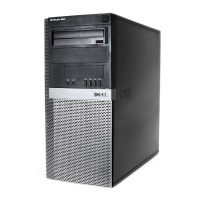
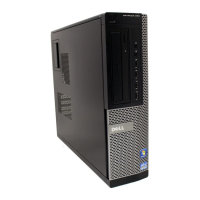
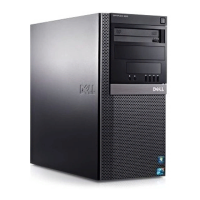

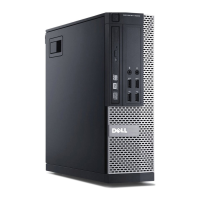
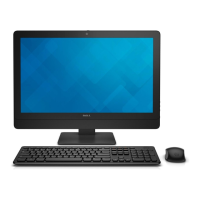

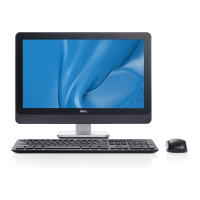
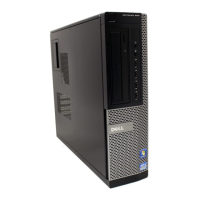
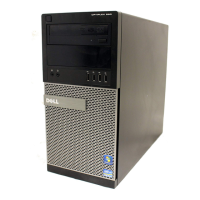
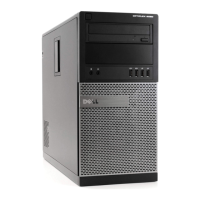

